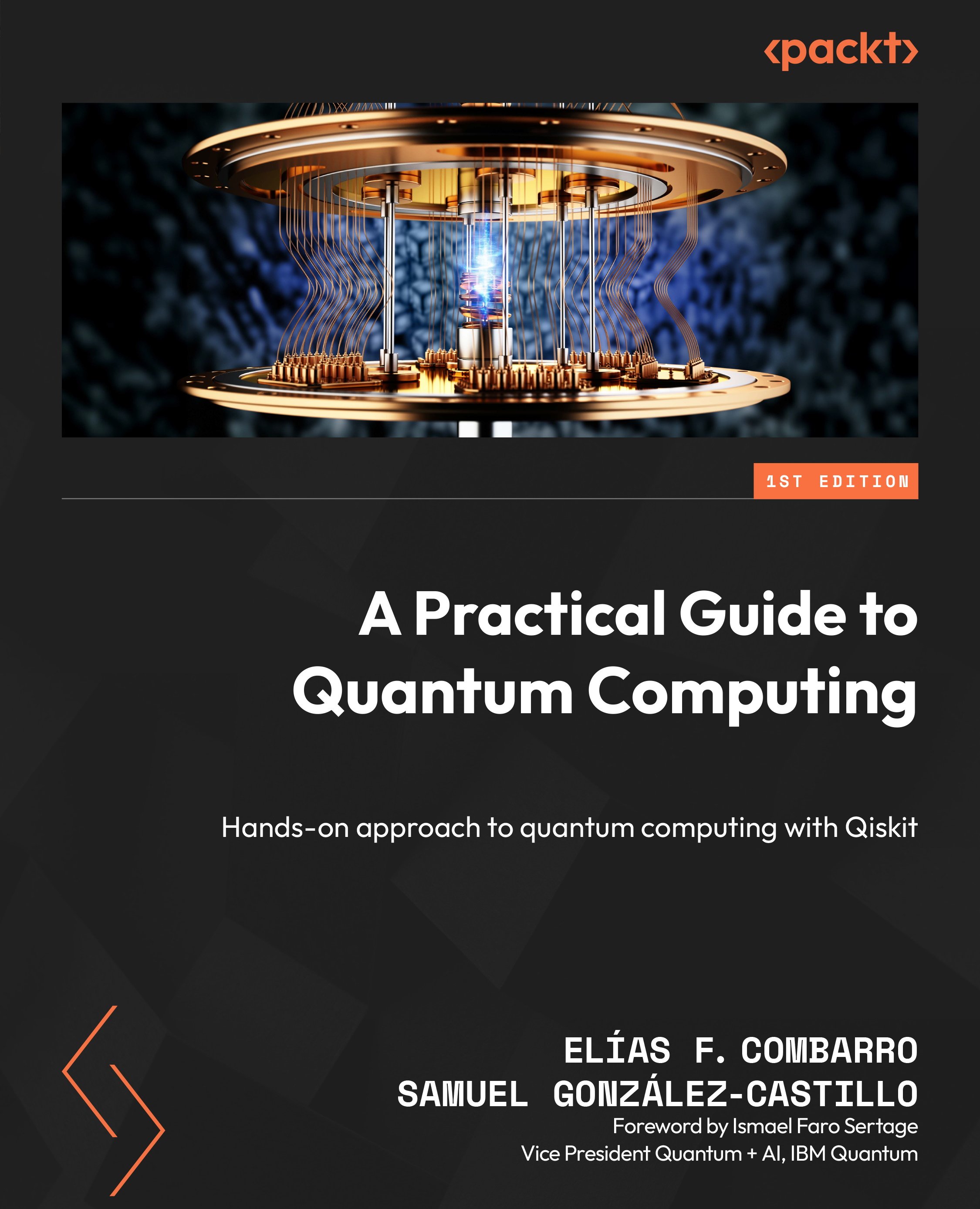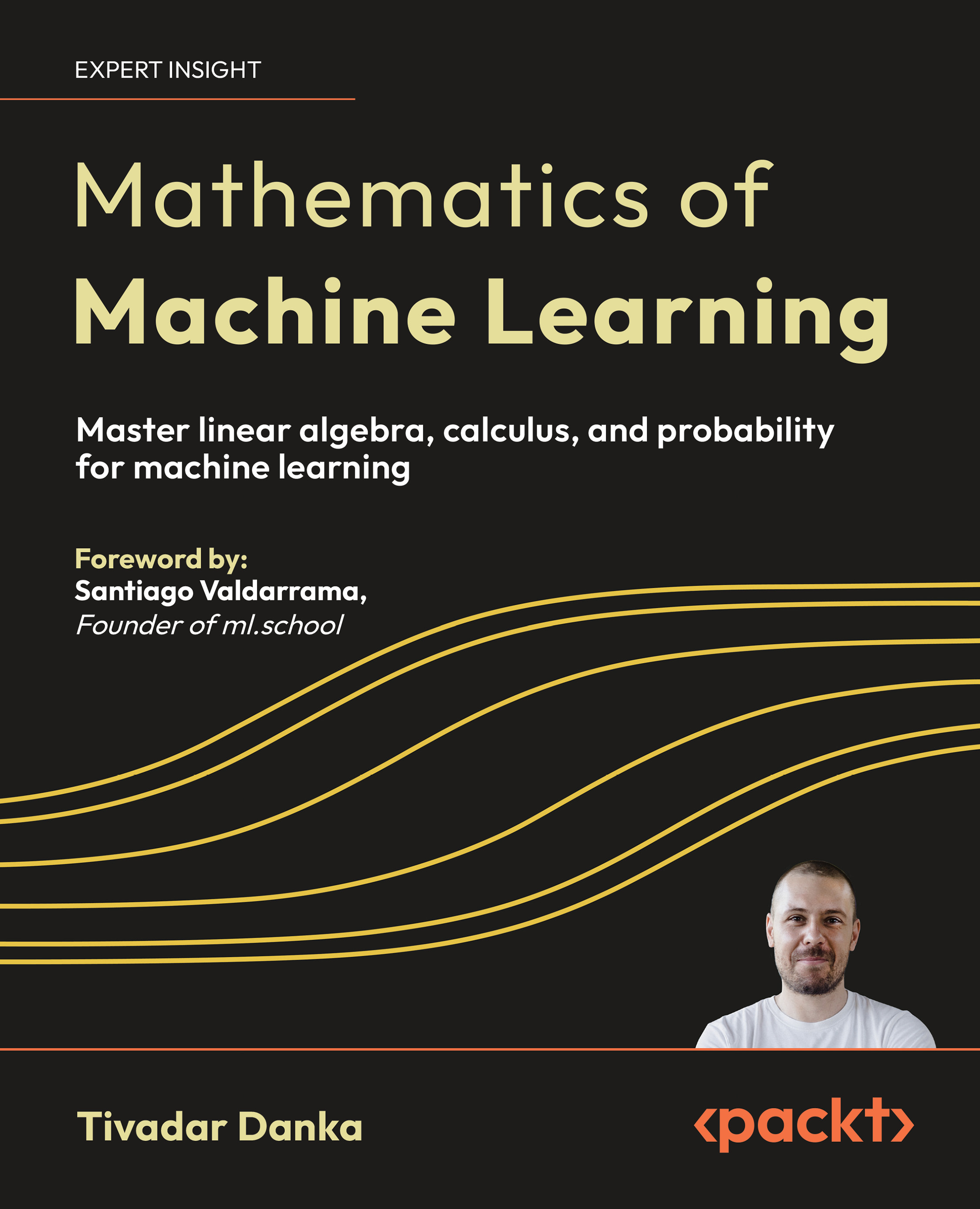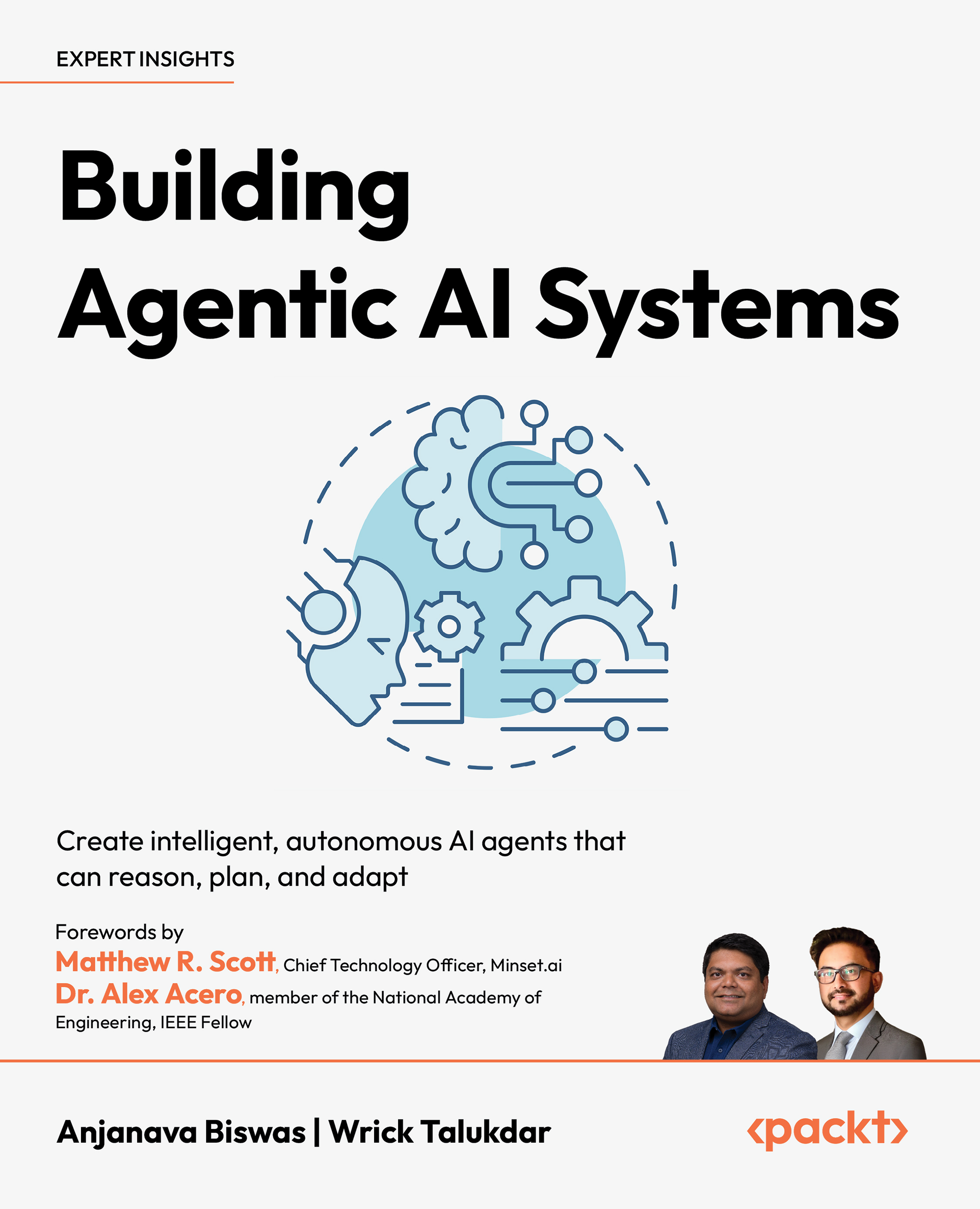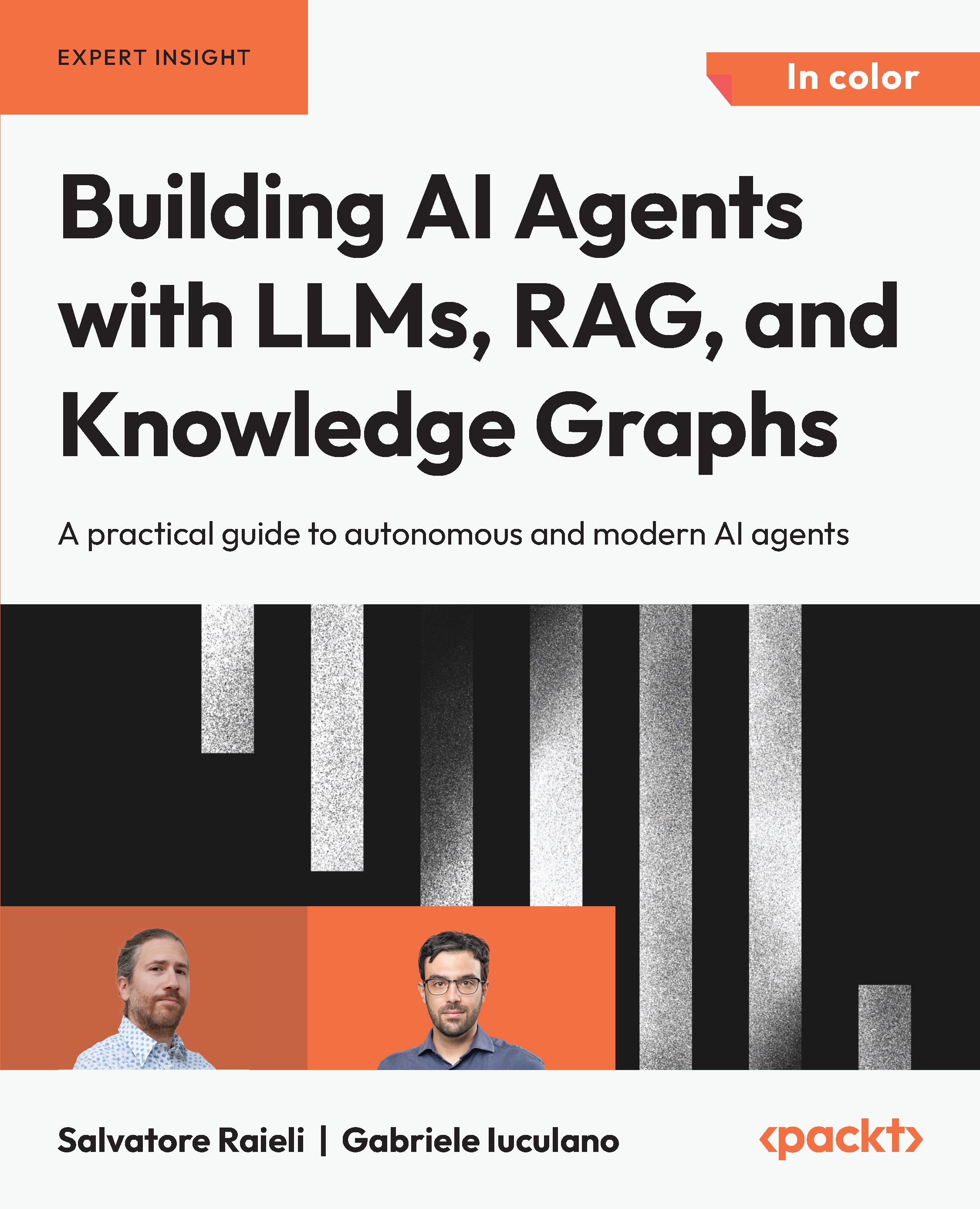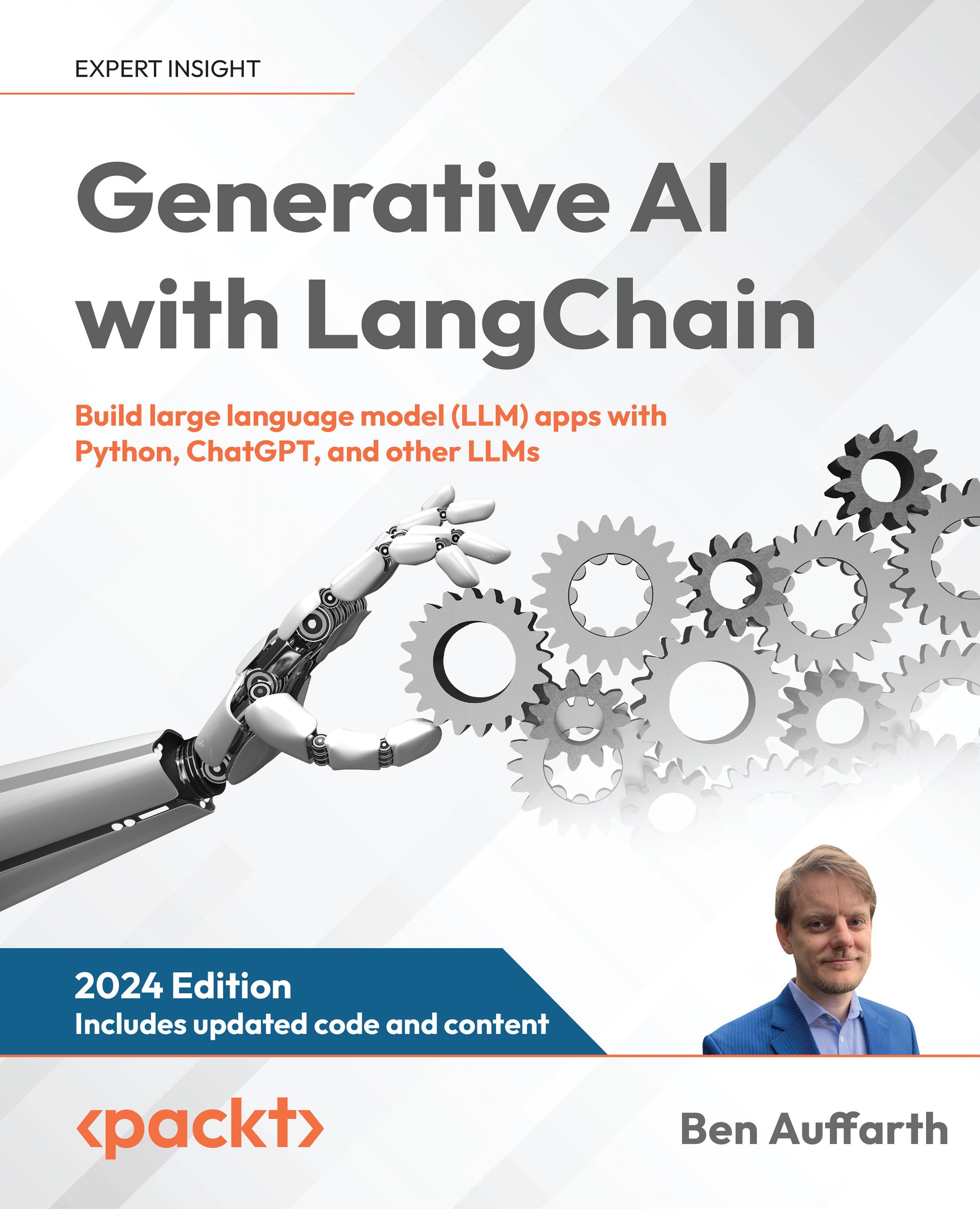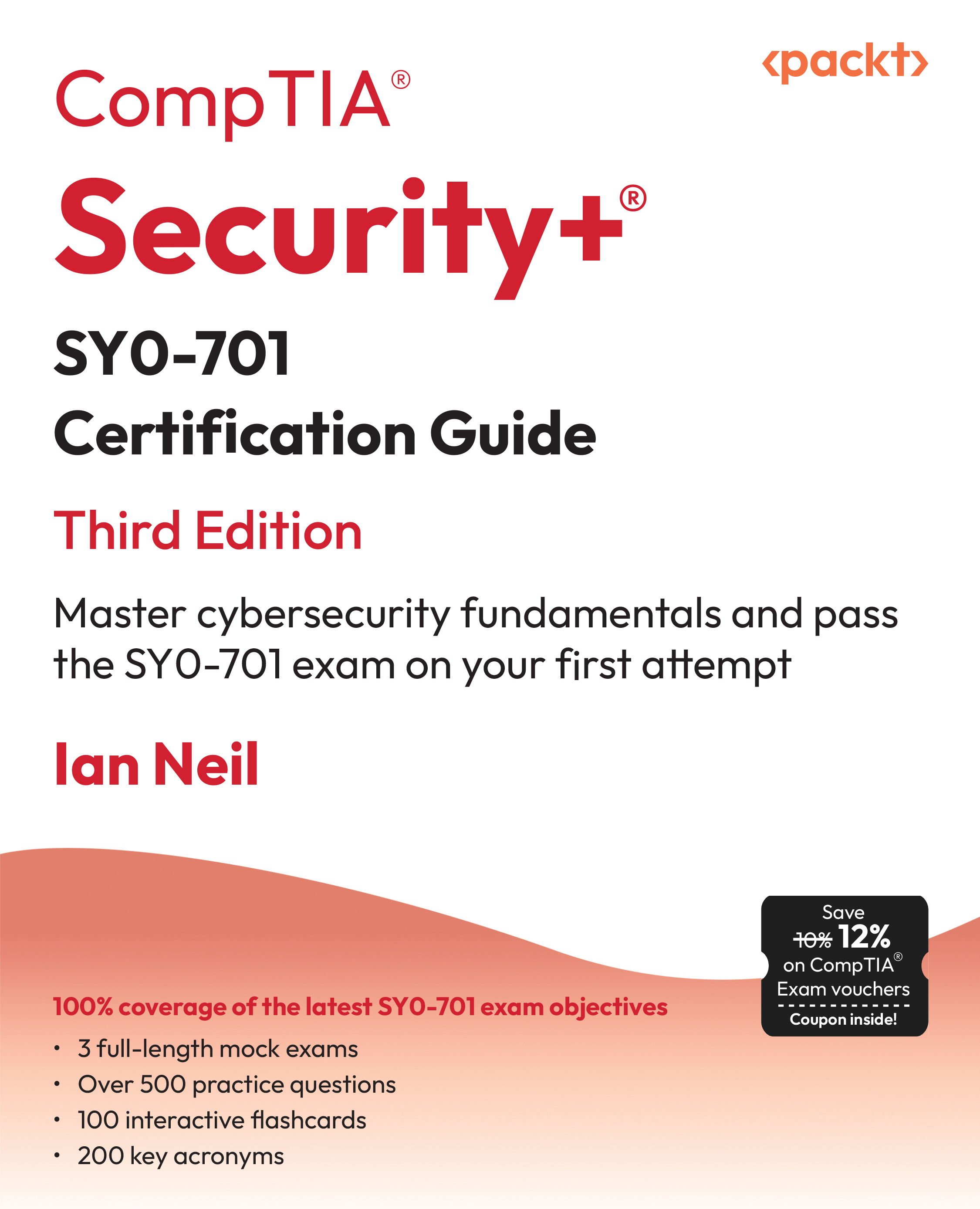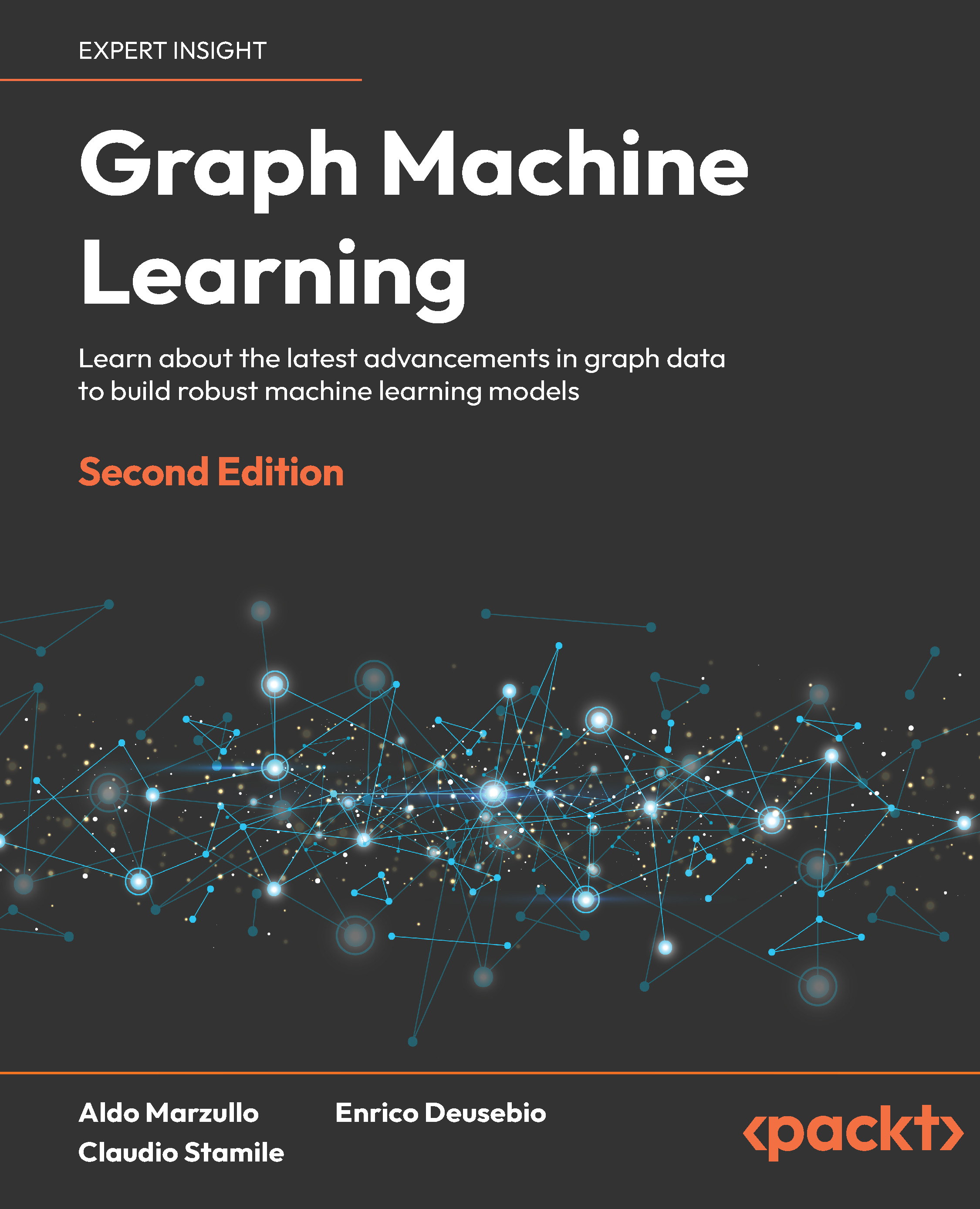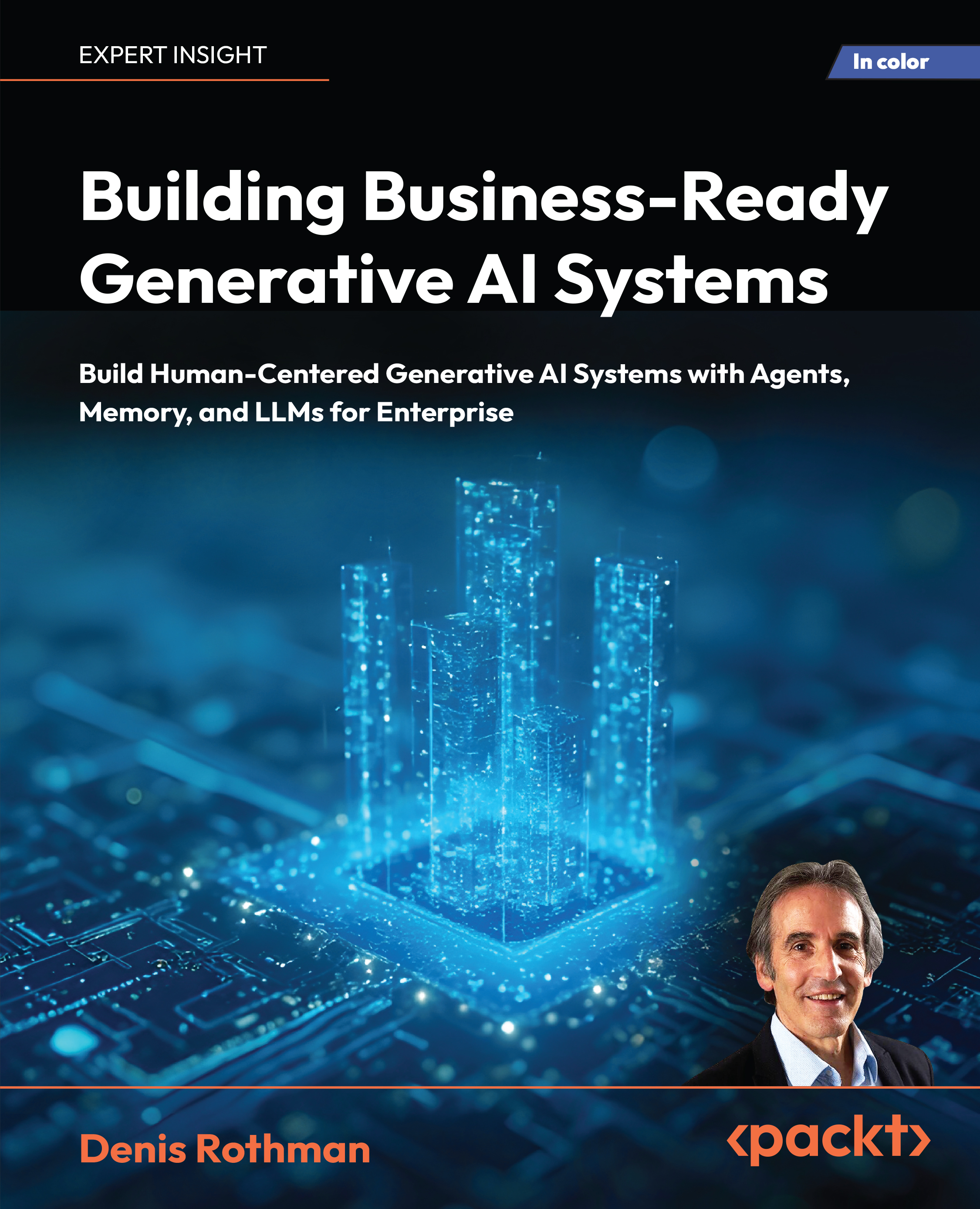Another fundamental difference between classical and quantum computation lies in how information is retrieved from a system. In classical software, reading a variable doesn’t disturb its value. In quantum software, measurement fundamentally changes the system. A qubit’s rich state is collapsed to a definite outcome (like |0⟩ or |1⟩) when measured, and all the other information encoded in its amplitudes is lost.
“In quantum computing, when you perform a measurement, you can't access all that information. You only get a small part of it,” Combarro explains.
Measuring a single qubit yields just one classical bit (0 or 1) of information, no matter how complex the prior state.
And after measurement, “you’ve lost everything about the prior superposition. The system collapses, and that collapse is irreversible.”
This means a quantum program can’t freely check intermediate results or branch on qubit values without destroying the very quantum state it’s computing with.
The consequence is that quantum algorithms are often designed to minimize measurements until the end, or to cleverly avoid needing to know too much about the state. Even then, the outcome of a quantum circuit is usually probabilistic. Running the same circuit twice can give different answers, a shock to those accustomed to deterministic code.
“For people used to classical programming, that's very strange—how can the same inputs give different outputs? But it’s intrinsic to quantum mechanics,” Combarro says.
To manage this randomness, quantum algorithms rely on repetition and statistical analysis. Developers run circuits many times (often thousands of shots) and aggregate the results. For example, a quantum classifier might be run 100 times, yielding say 70 votes for “cat” and 30 for “dog,” which indicates a high probability the input was a cat. Many algorithms, like phase estimation, improve their accuracy by repeated runs:
“In quantum phase estimation… you repeat the procedure to get better and better approximations. The more you repeat it, the more accurate the estimate.”
In other words, you rarely trust a single run of a quantum program – you gather evidence from many runs to reach a reliable answer.
Developers must also separate intrinsic quantum uncertainty from extrinsic hardware noise. The randomness of quantum measurement is unavoidable, but today’s quantum processors add extra uncertainty via errors (decoherence, gate faults, crosstalk). Mitigating these is an active area of research. Techniques like error mitigation calibrate and correct for known error rates in the readouts. More ambitiously, quantum error correction (QEC) encodes a “logical” qubit into multiple physical qubits to detect and fix errors on the fly. This too flips classical assumptions: in quantum, you can’t simply copy bits for redundancy (the no-cloning theorem forbids cloning an unknown quantum state). Instead, QEC uses entanglement and syndrome measurements to indirectly monitor errors.
Researchers at QuEra achieved a milestone in this regard through magic state distillation on logical qubits – a technique proposed 20 years ago as essential for universal, fault-tolerant computing. As Sergio Cantu, vice president of quantum systems at QuEra even said, “Quantum computers would not be able to fulfill their promise without this process of magic state distillation. It’s a required milestone.”
Even as such advances bring fully error-corrected quantum computers closer, they underline that today’s hardware is still very much unfinished.
 United States
United States
 Great Britain
Great Britain
 India
India
 Germany
Germany
 France
France
 Canada
Canada
 Russia
Russia
 Spain
Spain
 Brazil
Brazil
 Australia
Australia
 South Africa
South Africa
 Thailand
Thailand
 Ukraine
Ukraine
 Switzerland
Switzerland
 Slovakia
Slovakia
 Luxembourg
Luxembourg
 Hungary
Hungary
 Romania
Romania
 Denmark
Denmark
 Ireland
Ireland
 Estonia
Estonia
 Belgium
Belgium
 Italy
Italy
 Finland
Finland
 Cyprus
Cyprus
 Lithuania
Lithuania
 Latvia
Latvia
 Malta
Malta
 Netherlands
Netherlands
 Portugal
Portugal
 Slovenia
Slovenia
 Sweden
Sweden
 Argentina
Argentina
 Colombia
Colombia
 Ecuador
Ecuador
 Indonesia
Indonesia
 Mexico
Mexico
 New Zealand
New Zealand
 Norway
Norway
 South Korea
South Korea
 Taiwan
Taiwan
 Turkey
Turkey
 Czechia
Czechia
 Austria
Austria
 Greece
Greece
 Isle of Man
Isle of Man
 Bulgaria
Bulgaria
 Japan
Japan
 Philippines
Philippines
 Poland
Poland
 Singapore
Singapore
 Egypt
Egypt
 Chile
Chile
 Malaysia
Malaysia



